Video
youtube
It’s Superbowl night!
Remember when Glasgow had an American football team? Nope, not the Scottish Claymores, but the Glasgow Diamonds!
This rap slays me every fucking time.
71 notes
·
View notes
Photo
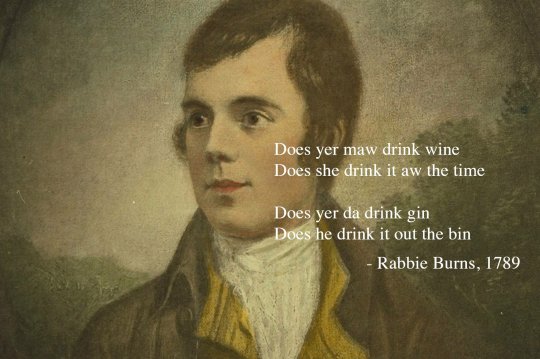
Happy Burns Night!
3K notes
·
View notes
Photo
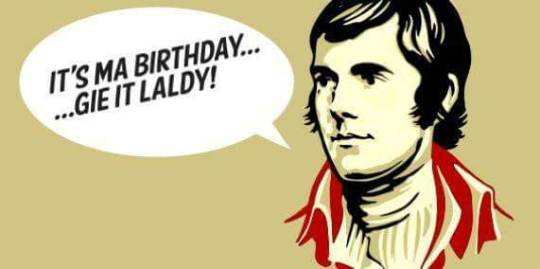
Whatever you say, Mr Burns!
339 notes
·
View notes
Video
Scottish tour guide for the Robert Burns Museum doesn’t give a Fuck
4K notes
·
View notes
Video
Scotland and the UK
12K notes
·
View notes
Text
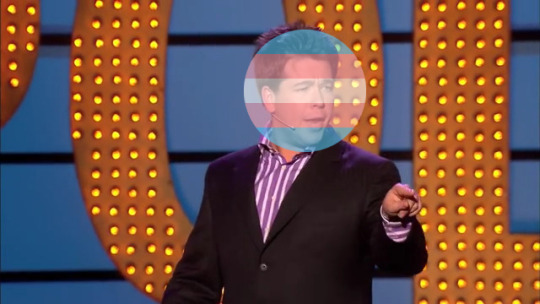
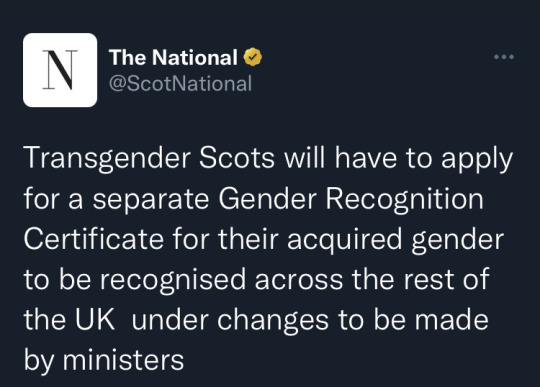
Ludicrous decision by the UK government who have announced they will refuse to recognise Scottish Gender Recognition certificates.
This will force trans people to apply for a separate GRC for the rest of the UK.
21K notes
·
View notes
Photo

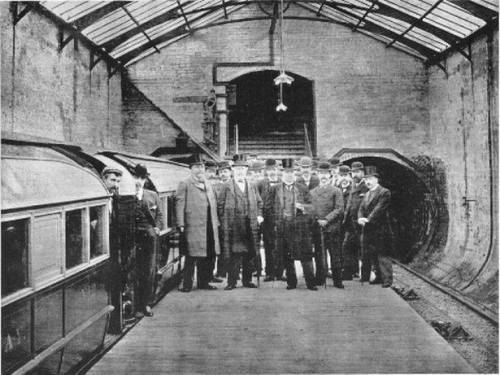
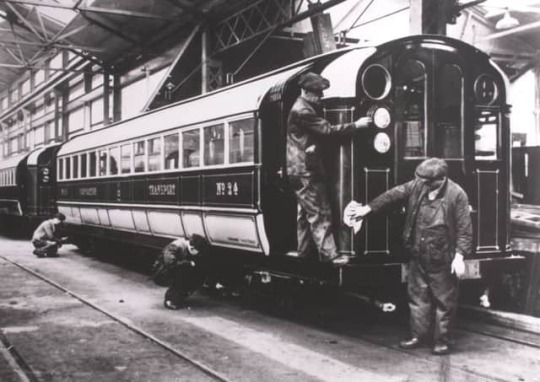




On December 14th 1896 Glasgow District Underground opened.
Originally built for the Glasgow District Subway Company, the railway first opened in 1896 as a cable-hauled system. Propulsion was provided by stationary steam engines and the railway was hailed as the first of its type in the world.
After five years of construction, and a final bill totalling £1.5 million pounds, Glasgow’s Subway system went live for the first time on this day in 1896, entering the history books as the world’s third municipal underground railway system after the Budapest Metro and London Underground. But it would be a troublesome baptism for the fledgling tube service.
The brainchild of civil engineer Alexander Simpson, it had been built to serve a rapidly-expanding industrial city with a population fast approaching 1 million people.
The first carriage of the new Glasgow District Subway, as it was originally named, departed Govan Cross at 5am. The first cars were cable-hauled and would remain so until electrification was introduced in 1935.
As dawn broke it seemed the whole city was out in force and directors and officials were soon congratulating themselves on the success of their new system. However, any fist-pumping or back-slapping was to prove premature.
At around 3pm a complete breakdown occurred on the outer circle, causing momentary chaos. Stranded passengers were forced to walk along the lines back to the nearest station.
A few hours later, as normal service resumed, one man suffered a horrific foot injury as the huge swell of people forced him between the carriage and platform.
As if that wasn’t bad enough for day one, worse followed at just before 11pm when a stationary carriage awaiting the signal to approach St Enoch Station from Bridge Street was hit by another car running at near full speed.
The two carriages were carrying roughly 50 passengers each at the time of the collision and 18 were reported as seriously injured.
One 14-year-old boy was rendered unconscious and taken to the Royal Infirmary, having suffered a severe cut to his left temple.
The accident made headlines up and down the UK, forcing the closure of the Subway until January the following year.
An enquiry into the collision concluded that defective electrical connections between the signals had been the cause, although private trials in the weeks leading up to the opening had failed to flag up any major issues.
The driver of the approaching car claimed that he had spotted the stationary carriage but had been unable to stop in time to prevent the collision.
Despite the accident, the vibe was mostly positive - one of the main complaints being that the number of cars available on day one had been “hopelessly inadequate”. Subway directors countered this by stating that the extreme “rush of traffic” had exceeded all expectations.
They weren’t wrong - over 9 million passengers travelled on the Glasgow Subway in its first full year of operation.
When the Subway opened, a fixed fare price of one penny allowed passengers to travel around the six and a half mile long subway as many times as they wished. Many passengers had taken full advantage of this on the inaugural day - including the 14-year-old boy who suffered the severe head injury at 11pm, who, it’s said, had been travelling round and round the system for 8 or 9 hours prior to the collision. The fixed rate was soon abolished in favour of a fare stage system to avoid future congestion.
Save a refurbishment in the late 1970s which saw the system nicknamed “the Clockwork Orange” on account of its circular route and bright new Metro-Cammell orange carriages, the Glasgow Subway remains largely unaltered. Expansion of the six and half mile long, fifteen station circuit has been discussed on numerous occasions but has never come to fruition.
Recently Subway bosses gave a sneak peek inside new driverless trains set to be on the tracks next year, get a glimpse of it on the video below.
https://www.youtube.com/watch?v=-XsV_VVPfwY
138 notes
·
View notes
Note
There are arguments for being like Norway, Iceland, Switzerland and Liechtenstein in just being part of the European Free Trade Association, rather than being members of the European Union. Of course, these nations approve EU legislation without having any say over them. But that’s an argument for another day.
With independence, we get the right to choose whether we want to be in EFTA, in the EU, or not in either of them. We do not get that right with being part of the UK.
If (more probably when) Scotland leaves will you rejoin the EU? Is it even possible to rejoin so soon? I know you might not have the answer but I thought I'd ask anyway
That’s the plan, it’s a no-brainer to be honest!
88 notes
·
View notes
Text
Ok, so this is a callout post for EstablishedTitles.com
As a Scottish person, I need to say this:
ESTABLISHED TITLES IS A SCAM!
You cannot become a Lord/Lady in Scotland by owning land of any size. The title of Lord or Lady are titles of Peers in the House of Lords, who are members of the House of Lords, the Upper House of the British Parliament. You get a peerage by donating a fucktonne of money to the Tory party being appointed as such by the British Government, not by owning Land in Scotland. If owning land was enough to get you a peerage, my parents would be Lord and Lady Stabbii. They are not. In fact my Dad is banned from any official honours.
There are better ways to support tree planting, rewilding or natural landscape projects in Scotland, namely by donating to either the National Trust for Scotland or the Scottish Wildlife Trust. Both of these charities are trusted, well established and reliable charities that carry out rewilding, tree planting and nature conservation all over Scotland. If you want a cool title, make one yourself.
Thank you for coming to my Ted Talk.
29K notes
·
View notes
Text
The only thing they have won, again, is time.
The UK isn’t a democracy or a union of equals. It is an oppressor with captive hostages.
Big day today on the independence side of things.
Worth mentioning the Supreme Court is ruling on the current law of the UK and whether an ‘equal partner’ of the UK can exit of their own accord.
A rule against isn’t the fault of the court, it will be the fault of the UK’s inadequate constitutional law…which would further the case for why independence is important.
My gut says they won’t make a ruling in order to kick independence into the long grass which I hope ScotGov is prepared for. We’ll need to change tactics.
Edit: More detail for clarity
1K notes
·
View notes
Text
Much they want for it
a new giant object has appeared at the barras
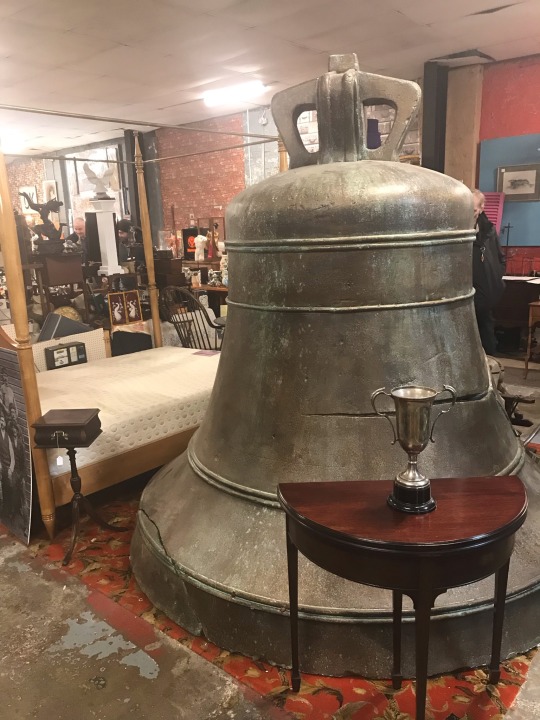
how... did they get that in here
777 notes
·
View notes
Photo
Even after his death, he has the greatest Wikipedia photo caption.. and the improvement;

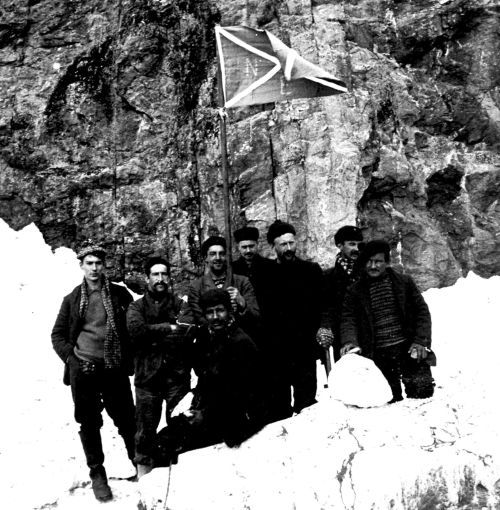



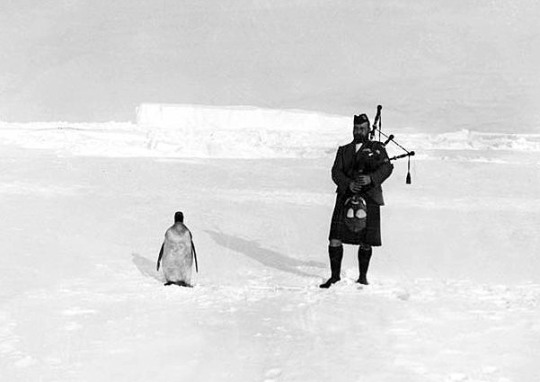
On 2nd November 1902 The Scottish National Antarctic Expedition led by William Speirs Bruce set sail from Troon on the “Scotia”.
In 1895, the interior of continental Antarctica was entirely unknown, as was much of its coastline. At the 6th International Geographical Congress a motion was adopted declaring “the exploration of the Antarctic Regions” to be “the greatest piece of geographical exploration still to be undertaken”. During the following 25 years, no less than sixteen major expeditions were to be sent to Antarctica during an episode widely referred to as ‘The Heroic Era of Antarctic exploration’.
Amongst the various national expeditions organized was one from Scotland. Its leader, William Bruce, was one of the most capable polar scientists of his generation. Today, his name is less well-known than those of his contemporaries Robert Falcon Scott and Ernest Shackleton, but 100 years on from the departure of his expedition, there is growing appreciation of his achievements and those of his Antarctic expedition.
Leaving Scotland on this day 1902, and reaching the Falkland Islands in December, they continued south to make the first oceanographic exploration of the Weddell Sea. Scotia, with a complement of 33, wintered at Laurie Island, South Orkney Islands. Here a meteorological observatory Omond House (pic 2) was established on 26th March 1903. The island was mapped, and when the engineer of Scotia, Alan Ramsay, died during the Antarctic winter, his grave became the first in the island cemetery. Scotia revisited the Falkland Islands in December 1903 then called at Buenos Aires, Argentina, where transfer of the meteorological station to the Argentine government was arranged through the British Legation. Scotia sailed to the Falkland Islands for a third time then back to Laurie Island where the transfer was made on 22nd February 1904
This second southern voyage saw the discovery of the northern part of Caird Coast, Coats Land (named for two brothers who had funded much of the expedition). With no landing possible on the Antarctic continent the ship then called at Gough Island and Cape Town, South Africa. A comprehensive scientific programme was conducted throughout the expedition; cine photographs and sound recordings were made.
Laurie Island is now the oldest continuous meteorological station operating in the Antarctic. The Argentine government has maintained and rebuilt it at various times. The ruins of Omond House remain; they are one of the historical sites declared under the provisions of the Antarctic Treaty. The original magnetic observatory remains in use and a building, constructed in 1905, is also preserved. The latter, now called “Casa Moneta”, houses a small museum on the history of the island.
William Speirs Bruce, a natural scientist and former medical student from the University of Edinburgh and the expedition leader, had previously visited Antarctica as a member of the whaling reconnaissance from Dundee in 1892. He was a member of the Jackson-Harmsworth Expedition to Zemlya Frantsa-Iosefa, in the Arctic.
In 1907 the Bruce and his family, settled in a house at South Morton Street in Joppa near Portobello, in the first of a series of addresses in that area. They named their house “Antarctica”. He died at Liberton Hospital, Edinburgh on 28th October 1921. In accordance with his wishes he was cremated, and the ashes taken to South Georgia to be scattered on the southern sea.
63 notes
·
View notes
Video
Is it really a parody if it’s an accurate portrayal
BBC SCOTLAND The Greatest Broadcasters in the world 😆
#BBC Scotland#BBC bias#fuck the BBC#when I say fuck the BBC I don't mean their nature documentaries#but their obvious bias in reporting and/or not reporting in Scotland#Scotland#Scottish politics
148 notes
·
View notes
Text
It’s not a perfect solution, but it’s practical and perhaps gets rid of the “ah but what currency will you use?” question that seems to be the last one standing.
Letting Engl*nd run anything with money is a bit of a risk as I don’t expect Engl*nd to play fair in the event of Scottish independence, but that’s on them.
New paper on the economics of Scottish independence published today by the Scottish Government.
Some interesting changes from previous policy regarding how soon Scotland would adopt a new currency. It seems to sit largely with when Parliament thinks it’s the right choice. This makes it a political choice.
Obviously the sooner Scotland moves to an independent currency the better. We shouldn’t use Sterling because the value and economic levers will reside with the Bank of England.
Feel like the Scottish Greens have added a lot of positive stuff to this. They wouldn’t have signed off on the previous proposals.
292 notes
·
View notes
Text
She understands that there are environmental concerns about it and that the communities that it does affect feel very strongly against it.. and so she wants to turn parts of Scotland into uninhabitable wastelands and environmental disaster zones?
Nah, fuck this.
English Tory MP doesn’t want fracking in her constituency as it’ll impact the people who live there.
Her solution - Frack Scotland.
144 notes
·
View notes
Photo
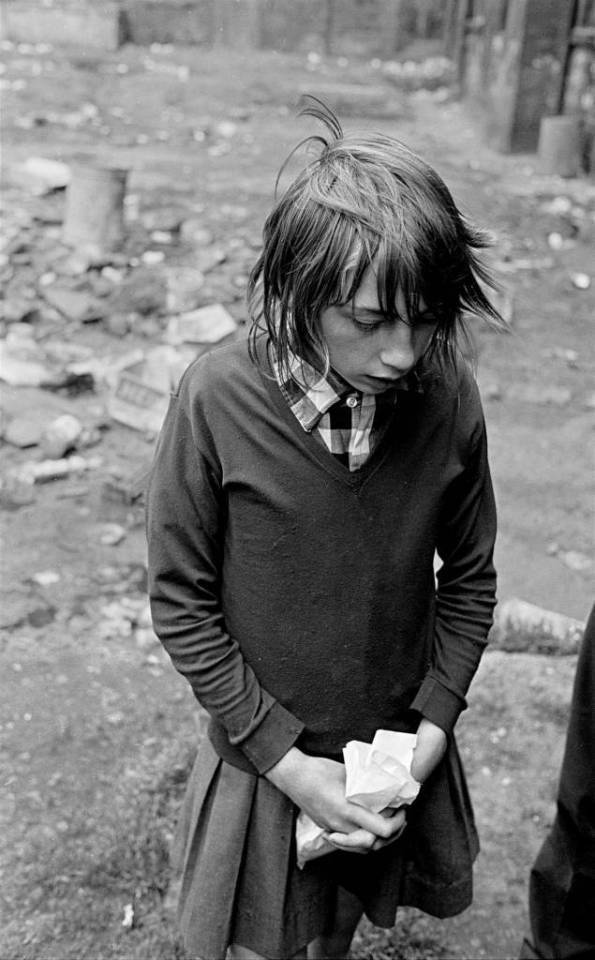
School girl in a Glasgow tenement courtyard 1971
81 notes
·
View notes
